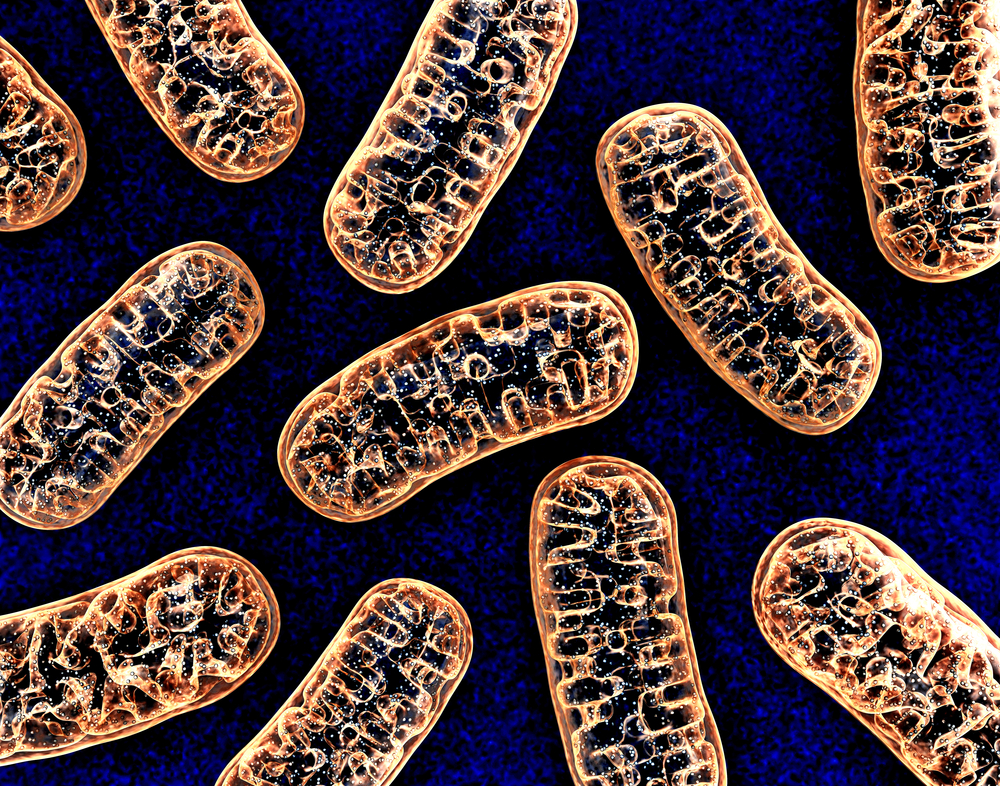Defects in Mitochondria May Contribute to Parkinson’s Disease, Study Suggests

Mutations in mitochondria, which result in a shortage of energy, may be an underlying cause of movement difficulties associated with Parkinson’s disease (PD), a study suggests.
The study, “PINK1 Phosphorylates MIC60/Mitofilin to Control Structural Plasticity of Mitochondrial Crista Junctions,” was published in the journal Molecular Cell.
Parkinson’s disease is caused by the death or malfunction of dopaminergic neurons, which regulate muscle movement and coordination. To do their job, these nerve cells require large amounts of energy, provided by mitochondria.
Mitochondria need to move around the cell to reach the place where they are needed to provide the necessary energy to dopaminergic neurons. Inability of mitochondria to do so can have severe consequences.
Researchers have now discovered that an enzyme (protein) called PINK1 plays a key role in mitochondrial function. This enzyme works to stabilize a mitochondrial protein, called MIC60, which is vital for energy production.
To mimic Parkinson’s, the team used fruit flies, whose brains work similarly to humans to control voluntary movement. They tested how several mutations in the PINK1 gene — known to be a cause of familial forms of early-onset Parkinson’s — affected mitochondria function in the flies.
Several of these mutations were highly damaging to the flies, leading to death in adult flies and significantly impairing crawling ability at early developmental stages.
In flies genetically engineered to lack PINK1, reintroducing MIC60 expression restored mitochondria structure and energy production, correcting the flies’ behavioral defects and halting the death of dopaminergic neurons.
“We found that PINK1 is required only in highly energetic regions of the cells,” Xinnan Wang, MD, the study’s lead author and a Stanford neuroscientist, said in a press release.
“This supports the theory that Parkinson’s disease involves local energy shortages inside cells due to mitochochondrial malfunction — and it indicates that targeting mitochondria may have great potential for exploring new therapeutic interventions in Parkinson’s,” she said.
Future research is necessary to discover if mitochondrial structure impairment and function exists in Parkinson’s disease patients and whether it contributes to disease progression.






